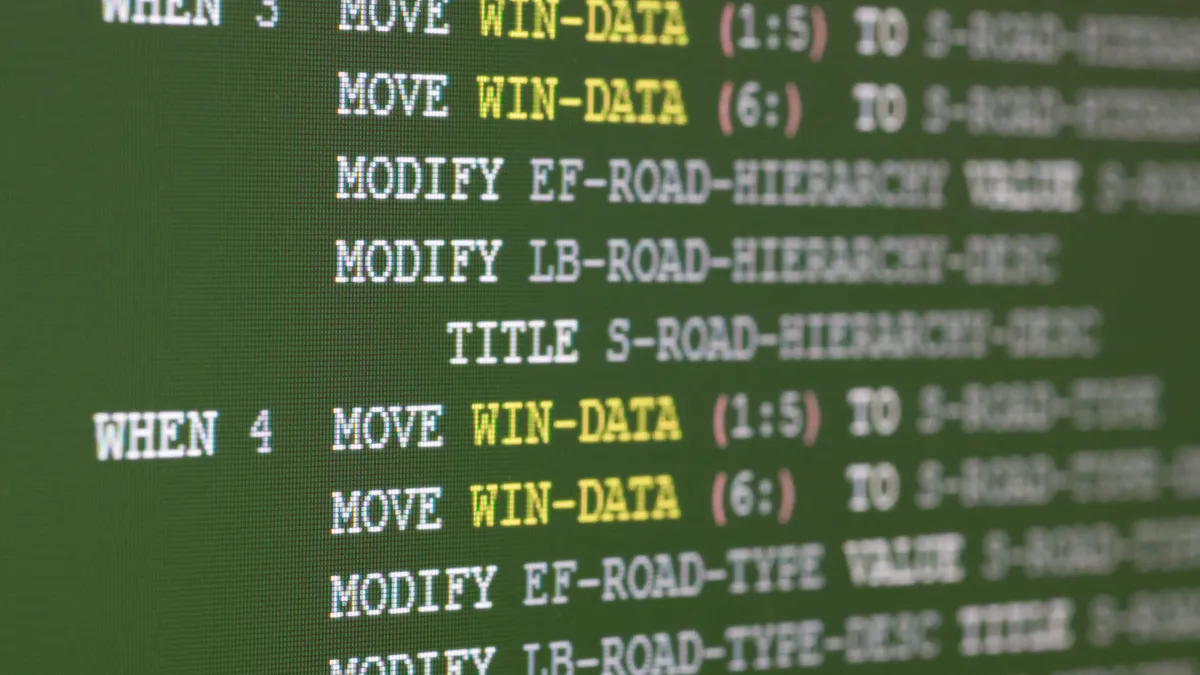The notoriously risk-averse banking sector, now a hive of AI innovation, is better poised than any other industry to reap the benefits of the technology this year, according to Accenture.
Nearly three-quarters of banking work is well-suited to automation, the IT services and consulting firm found, based on an analysis of almost 20,000 tasks across 900 job categories in 19 industries.
Opportunities abound for the sector, according to the report. The firm expects technology to drive gains across functions, including contract generation, software development and risk and compliance management.
As executives work to translate boardroom enthusiasm into scalable business applications, outcomes will hinge on aligning tools to tasks. ROI, a business imperative, will largely depend not just on how well the technology organization prepares for implementation but also on how seamlessly LLMs integrate into existing workflows.
Accenture expects AI tools to generate revenue gains of 6% or more in the next three years through enhancements to customer service functions alone, including wealth advisory, commercial relationships and contact center interactions.
“AI will hit every single part of the bank,” Michael Abbott, senior managing director and global banking lead at Accenture, told CIO Dive. “It’s going to hit legal, HR, enterprise applications, the back office, the front-end user experience, marketing — it changes every single aspect of what you do in banking.”
The banking sector’s proclivity for automation and ML integrations is already well established. Bank of America launched its Erica virtual assistant in 2018, and Wells Fargo’s Google Cloud-based Fargo chatbot began rolling out in 2022.
Banks are ahead of the game, Ryan Martin, partner and AI, automation, data and analytics practice lead at Infosys Consulting, told CIO Dive. “They're early adopters and they're not scared of technology at all,” said Martin.
Financial services companies have also been at the forefront of modeling and predictive analytics but are understandably hesitant to feed sensitive data into a black box, particularly without humans in the loop, according to Martin.
“There's a huge interest in going after new services, but nobody wants to be the guinea pig or the first one to mess it up,” Martin said.
Accelerating modernization
In banking, AI implementation won’t escape human oversight.
High-value use cases in the near-term will focus on augmentation rather than replacement and take place under the watchful eye of trained professionals, according to Accenture.
“This technology opens up a whole new class of problems to be solved now in a different way that you couldn't solve three years ago,” said Abbott.
Cracking legacy COBOL code at the core of banking systems represents one of the more transformative and scalable solutions.
IBM unveiled the watsonx LLM’s capability to translate COBOL into Java last summer and coding assistants are one of the more prevalent additions to the enterprise IT toolbox.
With IT talent in short supply, the pool of mainframe experts and COBOL programmers has dried up, Abbott said. Banks, a repository for some of the largest stores of legacy code, stand to gain the most from coding assistance, second only to insurance companies, in Accenture’s estimation.
As AI eases the strain of servicing the core, engineers can turn their attention to projects that add value.
“If you free up that time spent servicing technical debt, testing requirements, debugging and just basically keeping the lights on, IT can spend more time architecting the product solution that you want while the technology does the programming testing and delivery,” Abbott said.
Goldman Sachs started piloting an assistant capable of writing 40% of its code in some cases using generative AI, the report noted.
Accenture leveraged GPT-4 and a vector database to develop a similar tool that provides developers with the COBOL technical and functional documentation needed to accelerate modernization. The solution reverse-engineers the legacy code for engineers, who can then use the checked results to reconfigure the application to the same specifications.
As generative AI tools untether the core from outdated code, IT can turn its attention to engineering commercial banking products and services to drive revenue rather than maintenance.
“Let the machine do the work here,” said Abbott. Banks will still need capable engineers, he stressed, but those engineers will no longer be stuck in the cycle time of COBOL.















